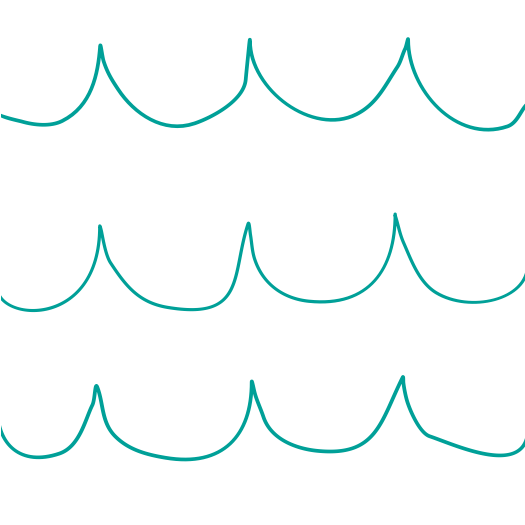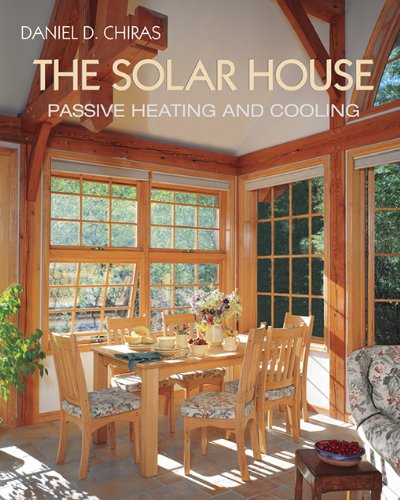ZeroEnergyHouse



Ancient HomebuildingIn a Modern World



Passive Solar leads the way to sustainable living.
Passive solar design utilizes the sun’s seasonal path to either create warmth in the winter or reflect heat in the summer. It’s an ancient technique from the Greeks that has been lost along the way. The sustainability movement has brought the concept back. Now combined with modern technology and science to create a zero energy house.
Home building has not always been reliant on heaters and air conditioners. Instead of depending on energy with ever changing costs, build a home that can heat and cool naturally. A smart home begins with smart design. “Only primitives and barbarians lack knowledge of houses turned to face the Winter sun” Aeschylus, Ancient Greek Philosopher
In the winter, the living areas of your house face south to open up towards the path of the sun (if you are in the northern hemisphere). The sun radiates through your windows giving you natural light and heat during the day. Your floors and walls are built from a thermal mass material; something that can store heat. As the sun shines inside, the floors soak up the heat. During the night, the thermal mass floors and walls slowly release the stored heat from the previous day. Since the living areas of the house are located on the south side, the north side has less structure to minimize heat loss.
Summertime brings a new set of issues. The sun’s path is high in the sky and your energy bills are close behind. Long eaves hang off the side of the roof to keep your southern facing windows shaded. The sun does not enter your home. To reflect the heat of the sun, the roof may have moveable insulation or a roof pond. The addition of large leafy trees on the south side can offer more shade during this time without blocking the sunlight in the winter. You can maintain comfort with a near constant temperature by keeping cool air flowing with built-in breezeways.
Interest in passive solar homes has slowly progressed over the last century. The rising energy costs of the 70’s led to newfound interest and investments into solar homes. It’s led to a collaborative effort between architects and scientists to create the right materials and the right design to fit any climate. Even the Department of Energy has plans to help get you started. The more design trials around the world, the sooner we can all live like the ancients. Without electricity bills.
Build an ancient home in a modern world.
- Break the connection with the thermostat, get your house to work for you.
- Use ancient wisdom to free you from bills
█






